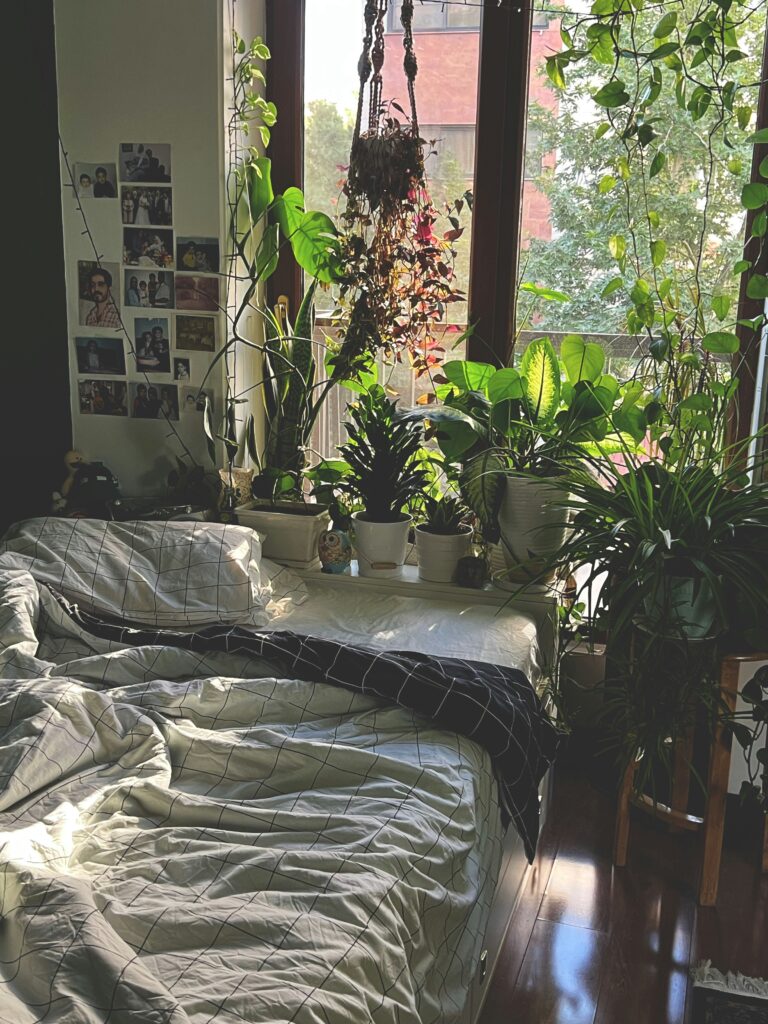Transform Your Space Like a Pro – No Contractor Required!
Are you ready to refresh your living room, update your bedroom, or finally give that old dresser a new life? DIY painting is one of the easiest and most affordable ways to transform your home. But achieving that smooth, professional-looking finish takes more than just slapping on a coat of paint.
In this guide, we’ll walk you through essential DIY painting tips to help you get flawless results, whether you’re working on walls, trim, or furniture. Plus, we’ll sprinkle in helpful hashtags and SEO-friendly advice to keep your DIY blog ranking high and your readers coming back for more.
1. Start with a Clean Surface
One of the most common mistakes beginners make is painting over dirty or greasy walls. Paint adheres best to clean, dry surfaces.
Before you paint:
-
Wash walls with a damp sponge and mild detergent.
-
Remove dust, cobwebs, and fingerprints.
-
For furniture, lightly sand the surface to remove any sheen or old paint.
SEO Tip: Target long-tail keywords like “how to prep walls for painting” or “best way to clean walls before painting” in your blog subheadings.
2. Don’t Skip the Tape
If you want crisp, clean edges, painter’s tape is your best friend. Apply it carefully along baseboards, window frames, and trim. Press down firmly to prevent paint from seeping underneath.
Pro tip: Remove the tape while the paint is still slightly wet to avoid peeling.
Hashtags: #CleanLines #PaintersTapeHack #DIYWallPainting
3. Use Quality Tools
Your results are only as good as your tools. Cheap brushes and rollers can leave streaks, fuzz, or bristle marks behind. Invest in:
-
A high-quality angled brush for corners and trim.
-
A roller with the right nap (thickness) for your surface.
-
A paint tray and liner for easier cleanup.
️ SEO Keyword Drop: “best paintbrushes for DIY projects” and “which roller to use for smooth walls.”
4. Prime Before You Paint
Priming isn’t always necessary, but it can make a world of difference—especially on:
-
Fresh drywall
-
Dark-colored walls
-
Stained or glossy surfaces
Primer helps paint adhere better and improves the overall look of the finish. Some modern paints come with built-in primer, but for dramatic color changes or porous surfaces, a separate primer is worth it.
Hashtags: #PrimeBeforePaint #PaintPrep #DIYHomeProjects
5. Cut In Before You Roll
“Cutting in” means painting the edges—around ceilings, baseboards, and corners—before using a roller. This technique ensures better blending and fewer streaks.
Use an angled brush and a steady hand, then follow up quickly with a roller to smooth everything together.
SEO Bonus: Include “cutting in paint technique” as an anchor keyword for internal links or instructional videos.
6. Use the W Technique
Rolling paint in a “W” or “M” pattern helps distribute the paint evenly across your wall. Avoid overloading your roller and don’t press too hard. Let the roller do the work.
Steps:
-
Start in a corner.
-
Roll in a 3’x3’ W-pattern.
-
Fill in the blank areas without lifting the roller.
-
Repeat with slight overlap for consistency.
Hashtags: #PaintLikeAPro #WTechnique #DIYPaintTips
7. Allow for Dry Time and Second Coats
Don’t rush the drying process. Check the paint can for recommended dry times before applying a second coat. Touch-ups and second layers applied too early can peel or cause streaks.
If you’re working on furniture, let each coat dry for at least 6–8 hours before lightly sanding and reapplying.
⏳ SEO Keywords: “how long to wait between paint coats” and “drying time for wall paint.”
8. Watch the Weather
Believe it or not, humidity and temperature can affect how paint dries. Avoid painting on rainy days or when it’s extremely humid. Cooler temperatures can slow drying, while hot, dry weather can cause paint to crack.
Ideal painting conditions:
-
60°F to 80°F (15°C to 27°C)
-
Low humidity
-
Good airflow
️ Hashtags: #WeatherAndPaint #PaintingTips #HomeDIY
9. Finish with the Right Sheen
Different sheens serve different purposes:
-
Flat/Matte: Great for ceilings and low-traffic areas.
-
Eggshell/Satin: Perfect for living rooms and bedrooms.
-
Semi-Gloss/Gloss: Best for kitchens, bathrooms, and trim.
Choose a finish that complements both the space and your lifestyle.
SEO Phrase: “best paint finish for high-traffic areas”
10. Clean Up Like a Pro
Once the job is done, don’t forget to clean your brushes and rollers thoroughly. Use warm soapy water for latex paint or mineral spirits for oil-based. Store leftover paint in a cool, dry place for future touch-ups.
Hashtags: #PaintCleanup #DIYTools #SustainableDIY
Final Thoughts: DIY Paint Projects Done Right
DIY painting isn’t just about color—it’s about confidence. With a little preparation and the right techniques, you can achieve a flawless finish that looks like it came straight from the pros. Whether you’re tackling a full room or just giving an old chair new life, follow these DIY painting tips and your home will thank you.
Don’t forget to share your results and tag us with your masterpiece!
#DIYPainting #HomeImprovement #PaintLikeAPro #WeekendProject

